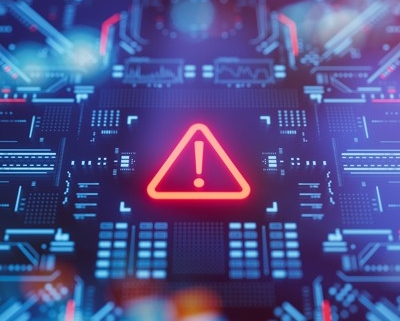Russian Hackers Use ‘WINELOADER’ Malware to Target German Political Parties
The WINELOADER backdoor used in recent cyber attacks targeting diplomatic entities with wine-tasting phishing lures has been attributed as the handiwork of a hacking group with links to Russia’s Foreign Intelligence Service (SVR), which was responsible for breaching SolarWinds and Microsoft.
The findings come from Mandiant, which said Midnight Blizzard (aka APT29, BlueBravo, or Cozy Bear) used the malware to target German political parties with phishing emails bearing a logo from the Christian Democratic Union (CDU) around February 26, 2024.
“This is the first time we have seen this APT29 cluster target political parties, indicating a possible area of emerging operational focus beyond the typical targeting of diplomatic missions,” researchers Luke Jenkins and Dan Black said.
WINELOADER was first disclosed by Zscaler ThreatLabz last month as part of a cyber espionage campaign that’s believed to have been ongoing since at least July 2023. It attributed the activity to a cluster dubbed SPIKEDWINE.
Attack chains leverage phishing emails with German-language lure content that purports to be an invite for a dinner reception to trick recipients into clicking on a phony link and downloading a rogue HTML Application (HTA) file, a first-stage dropper called ROOTSAW (aka EnvyScout) that acts as a conduit to deliver WINELOADER from a remote server.
“The German-language lure document contains a phishing link directing victims to a malicious ZIP file containing a ROOTSAW dropper hosted on an actor-controlled compromised website,” the researchers said. “ROOTSAW delivered a second-stage CDU-themed lure document and a next stage WINELOADER payload.”
WINELOADER, invoked via a technique called DLL side-loading using the legitimate sqldumper.exe, comes equipped with abilities to contact an actor-controlled server and fetch additional modules for execution on the compromised hosts.
It’s said to share similarities with known APT29 malware families like BURNTBATTER, MUSKYBEAT, and BEATDROP, suggesting the work of a common developer.
WINELOADER, per the Google Cloud subsidiary, has also been employed in an operation targeting diplomatic…




